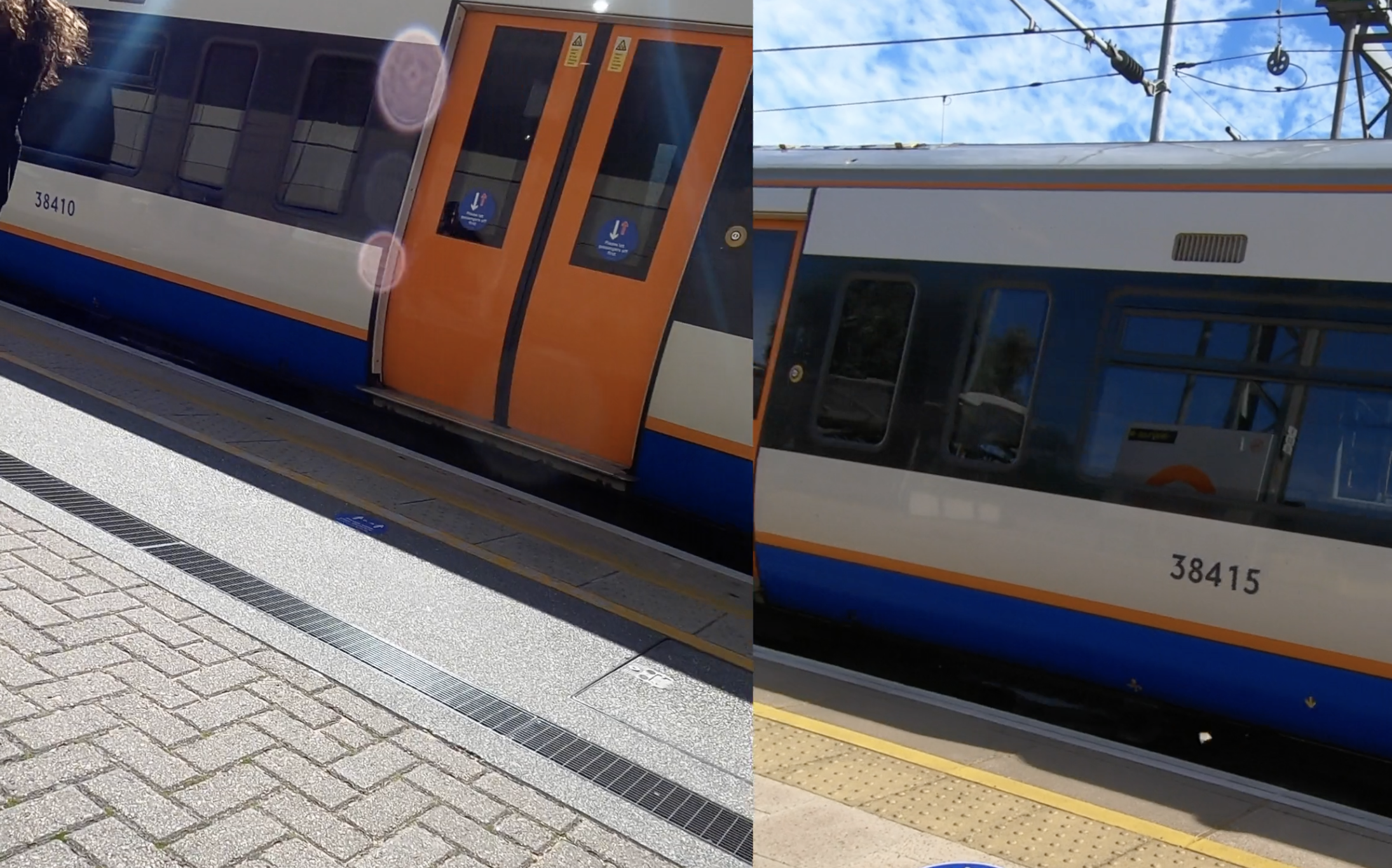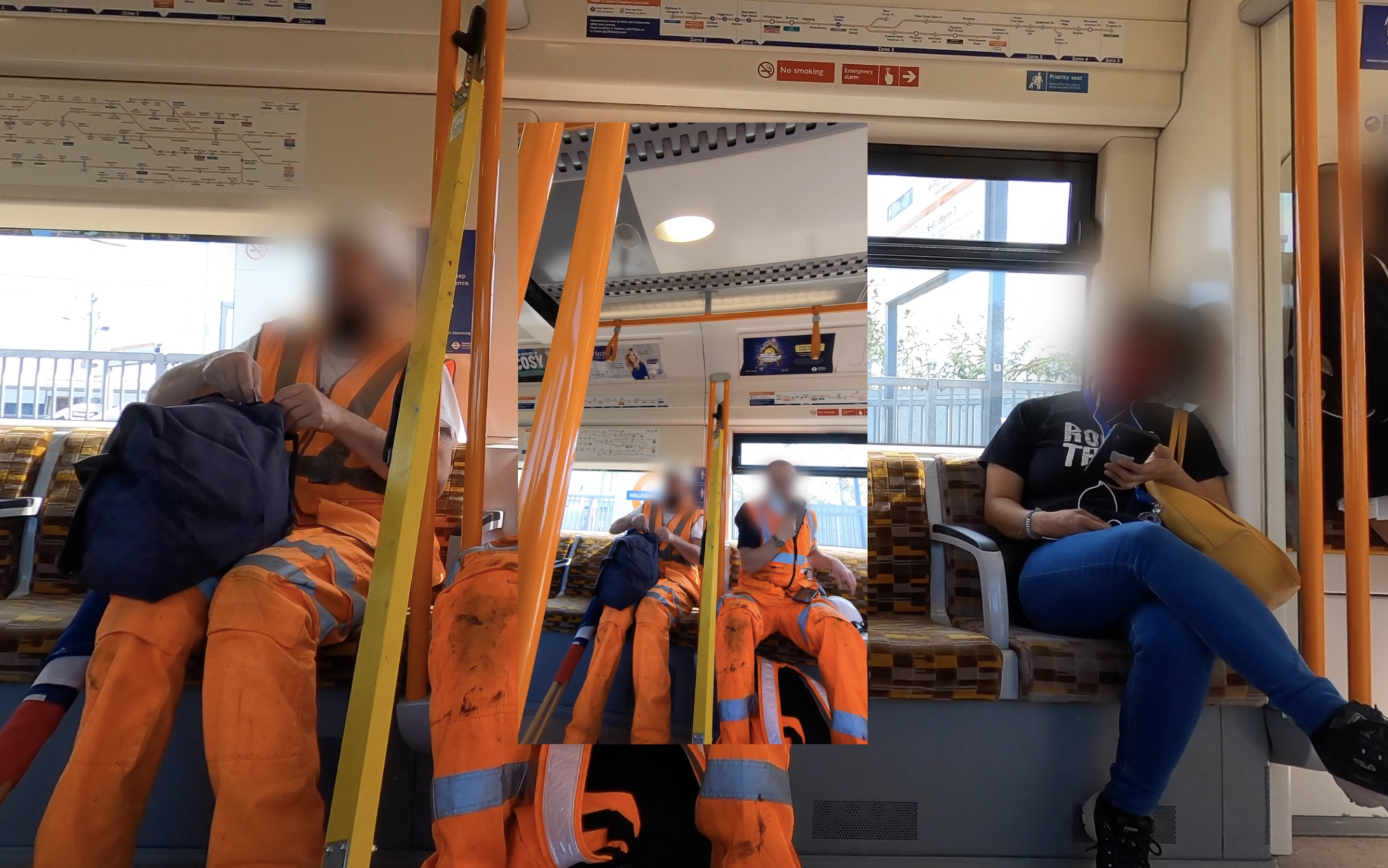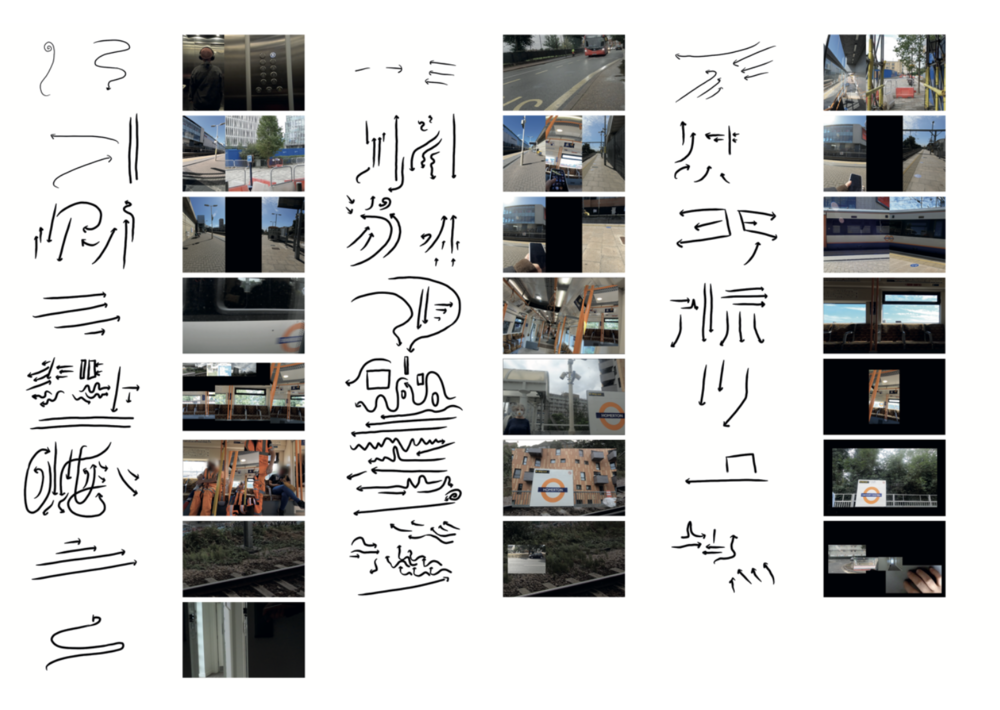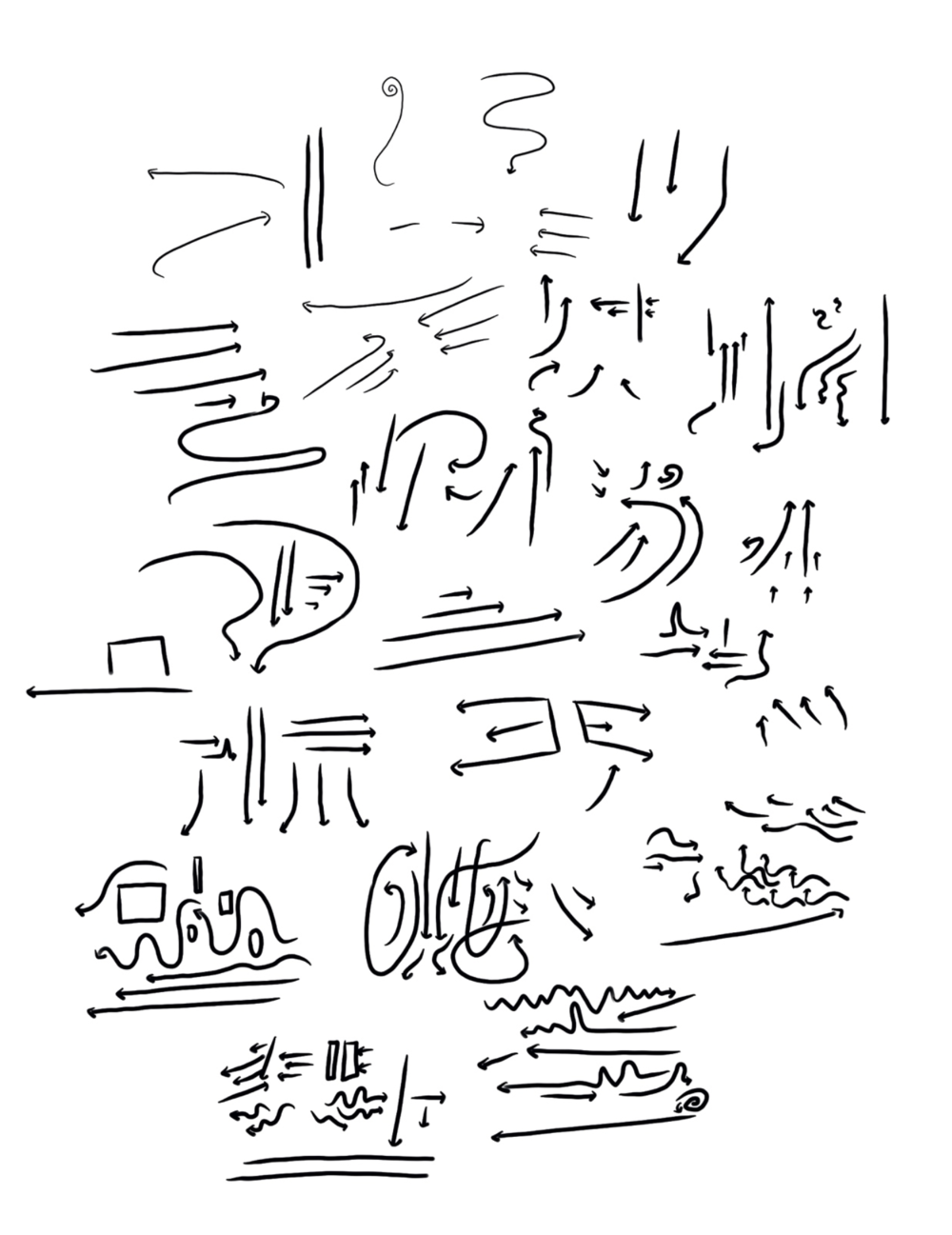Moving Diagram: Drawing the Map Around the Overground
2020
Moving Image
This is an experimental video work that explores the connection of diagram methodology in moving image practice. In this video, artists diagramming the camera movement, editing performance, and construction of the framed image.


This video work took place overground from Shepherd’s Bush station to Clapham Junction on the first day and from Shepherd’s Bush to Stratford on the second. GoPro cameras were attached to the back of my hand, the back of my neck, and my collar, thereby delivering multiple perspectives and a sense of physical movement within the image. Editing was enabled by the software’s basic functions focused on cutting and constructing the image and proceeded on the trackpad to examine hand gestures and their impact on the editing process. Also, this project considered the reflective space in the editing software, the control on the trackpad, and Cinema 4D’s three-dimensional space.
Two challenges in this project were the physical screen frame and creating a continuous reflective diagram. Firstly, as this project took place during the pandemic, experiments are limited to my personal laptop and single screen. For instance, a MacBook’s screen display ratio is fixed to the 16:10 aspect, generating a letterbox or pillar box to preserve the original film ratios. This is more apparent when examining old films, such as Eisenstein’s films, and more potent than the theatre’s black box environment. As if it never had its eyes wide open, the camera on the screen is in a constant frowning condition.

The second is the reflective diagram method. At the beginning of this project, the intention of the moving image diagram method was to create the diagram using moving images as tools. However, during the experiments, I found that the course of translation from moving image to diagram and diagram to 3D software triggers an effective way of transgressing boundaries between ideas, image, and
production environment that breaks linear aspects of the moving image. Further, this diagram methodology offers not only an examination of the on-screen relationship but also an application in a physical cinematic apparatus. Therefore, I believe this method has potential applicability to the multi-screen moving image space, synthetic time-space, and hybridisation of the digital and physical space, which should be examined in the future.
